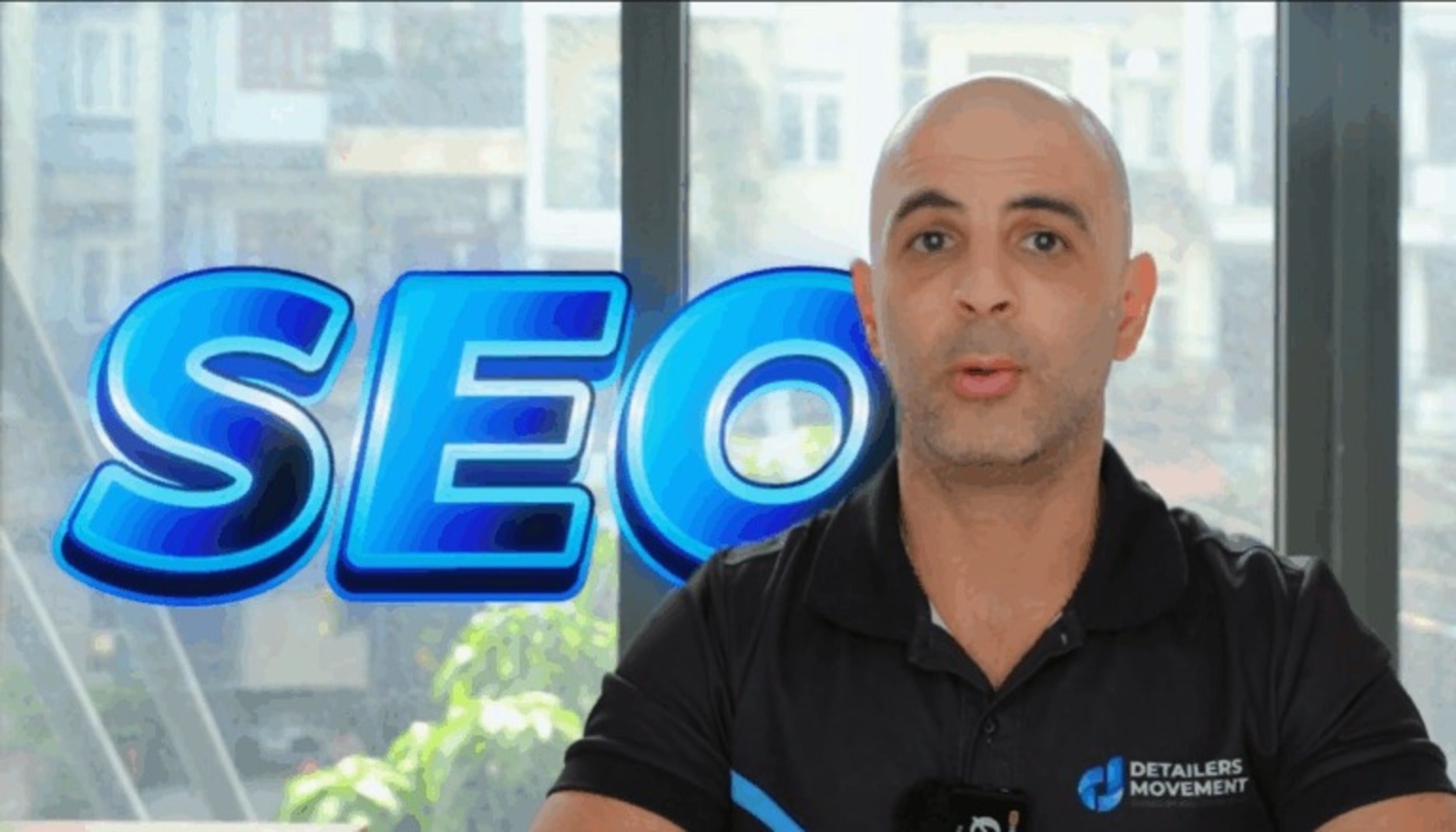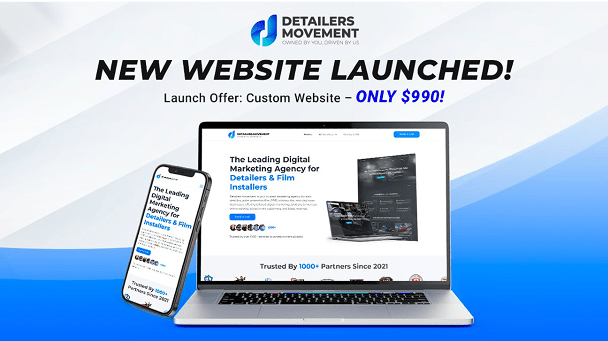Introduction: Why Semantic SEO Matters for PPF Installers and Detailers
If you’re a PPF installer, tint shop, wrap business, or auto detailer, you probably already know that showing up on Google is crucial for generating leads. But simply stuffing keywords like “PPF installer near me” into your website isn’t enough anymore.
Google has evolved. The search engine now focuses on semantic relationships—the meaning and context behind the words. This means that to rank higher today, you need Semantic SEO: an entity-based approach to content and website structure that builds your credibility across related topics and connects your content meaningfully.
In this guide, we’ll break down what Semantic SEO is, why it’s essential for PPF installers, and how to implement it to help your business rank higher and attract better leads.
What Is Semantic SEO?
How Semantic SEO Differs from Traditional Keyword SEO
- Old SEO: Focused on stuffing exact-match keywords into content (e.g., “best PPF installer Dallas”).
- Semantic SEO: Focuses on understanding topics, entities, and their relationships to match search intent.
Google’s algorithm updates like Hummingbird, RankBrain, and BERT changed the game. Instead of looking for keyword matches alone, Google now looks for:
- Context
- Topic relevance
- Content relationships
- Answer quality
For example, if someone searches “How long does PPF last on a Tesla?”, Google expects the content to reference:
- The type of vehicle (Tesla)
- The product (PPF)
- Related concepts like self-healing films, maintenance, warranties, etc.
Why Semantic SEO Matters for PPF Installers and Detailers
Build Trust and Authority in Your Knowledge Domain
Google rewards businesses that fully cover their topic area, not those who post one thin service page and call it done. With Semantic SEO, you:
- Show up for more search queries, not just one keyword
- Gain topical authority (Google sees you as an expert in your field)
- Improve your chances of ranking for long-tail, question-based searches
- Align your site with Google’s E-E-A-T guidelines (Experience, Expertise, Authority, Trustworthiness)
✅ Example of a strong Knowledge Domain for a PPF Installer:
- Main Pillar: Paint Protection Film (PPF)
- What is PPF?
- Benefits of PPF
- How long does PPF last?
- Difference between PPF and Ceramic Coating
- Maintenance tips for PPF
- Cost of PPF installation
👉 Related: Local SEO for Auto Detailers: How to Rank Higher on Google
How to Implement Semantic SEO for Your Detailing Business
1. Define Your Knowledge Domain and Entities
Start by identifying the entities and attributes that relate to your business.
| Entity | Attribute | Value Example |
| Paint Protection Film | Feature | Self-healing, hydrophobic layer, gloss finish |
| Ceramic Coating | Benefit | UV resistance, easier cleaning, high gloss |
| Vehicle Type | Application | Tesla, BMW, Porsche, SUV, sedan |
| Installation Process | Steps | Surface prep, film application, curing time |
✅ Use the Entity → Attribute → Value (EAV) model throughout your content to increase semantic clarity.
2. Use Keyword Clustering and Topic Mapping
Instead of focusing on one keyword, build a cluster of related keywords and questions around each service.
Example Cluster for PPF Installers:
- Primary Keyword: Paint Protection Film Installer Dallas
- Supporting Keywords / Questions:
- What is PPF?
- Best PPF for Teslas
- How much does PPF cost?
- Does PPF protect against rock chips?
- How long does PPF last?
✅ Tools for keyword clustering: Ahrefs, SEMrush, Keyword Cupid, AlsoAsked, AnswerThePublic
👉 Related: Keyword Research for Auto Detailing Services
3. Build Content Clusters and Contextual Bridges
Semantic SEO is about connection. Create:
- Pillar pages (your core service pages like /paint-protection-film)
- Supporting blog posts (e.g., “How Long Does PPF Last?”, “Benefits of PPF for Teslas”)
- Internal linking between these pages to create contextual bridges
✅ Internal linking examples:
- Link from “What’s the Difference Between PPF and Ceramic Coating?” → back to your /paint-protection-film service page.
- Link across clusters: Website Design → SEO → Google Ads → CRM.
👉 Related: How to Build Topical Authority for Ceramic Coaters
Real-World Example: How Semantic SEO Helped a PPF Installer Rank Higher
A PPF shop in Florida struggled to rank with only one basic service page. After restructuring their site using:
- A pillar page for PPF
- 7 supporting articles answering specific customer questions
- Strategic internal linking and keyword clustering
Results:
- Ranked in the Google 3-Pack for “PPF installer Fort Lauderdale”
- 2.8x increase in organic leads within 4 months
- Boosted page authority for their main service page
Common Mistakes to Avoid with Semantic SEO
- Only targeting one keyword per page
- Missing internal links between related articles and service pages
- Neglecting low-volume or long-tail questions (which often convert better!)
- Ignoring your Google Business Profile optimization (critical for local relevance)
👉 Related: Common SEO Mistakes Auto Detailers Make (and How to Fix Them)
Ready to Build Topical Authority and Rank Higher?
At Detailers Movement, we help PPF installers, tinters, and detailers generate leads through:
- Smart website structure and SEO content clusters
- Keyword research and entity-based content strategies
- CRM integration and follow-up systems
👉 Book your free strategy call now and let’s help you own your market.
Meta Data Example:
- Meta Title: What Is Semantic SEO and Why It Matters for PPF Installers and Detailers
- Meta Description: Discover how Semantic SEO and entity-based optimization help PPF installers, tint shops, and wrap businesses rank higher on Google by building topical authority and content clusters.


